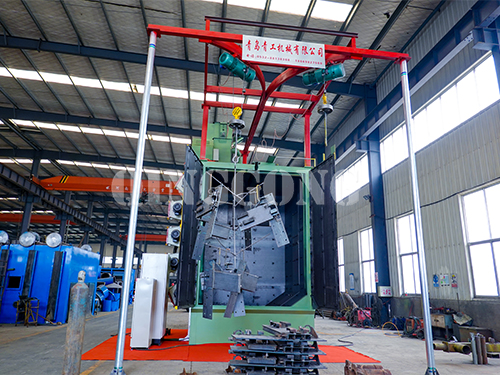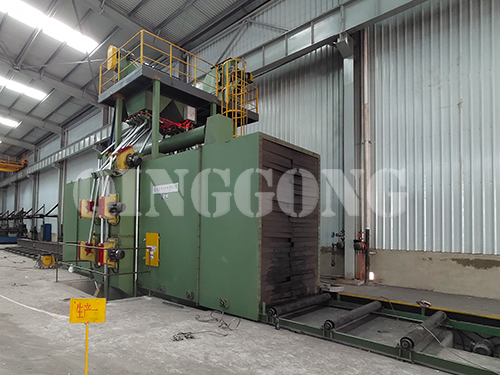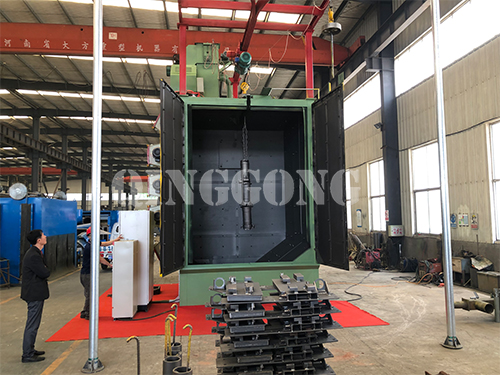Why design a sandblasting room?
Sandblasting already exists when people can polish objects with materials such as quartz. The idea is simple. With the advent of air compressors, the sandblasting industry was born. The sandblasting room as a industrial sandblasting machine is the core of any modern sandblasting system. In order to obtain a controlled clean environment and efficiently recycle abrasives, it is necessary to enclose the working environment.
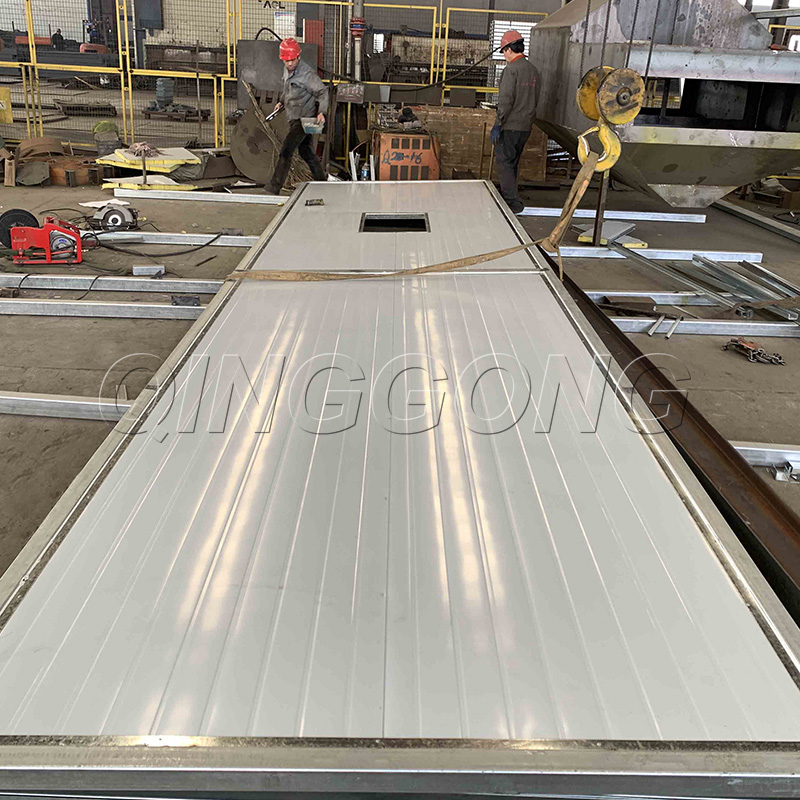
What is the design standard for the size of the sandblasting room?
The design criteria for a properly sized blasting room system include the size of the largest workpiece, the weight of the largest workpiece, the method of abrasive recycling, the number of hours of blasting per day, and the basic material of the workpiece. Each element needs to be considered to finalize the construction of the blasting room.
The largest workpiece size will determine the size of the blasting room. The width of the industrial sandblasting equipment is determined by adding four to five steps on each side of the workpiece. This space is necessary for worker to perform sandblasting operations from different angles.
The height of the blasting room is also determined by the height of the workpiece, but the material handling part must also be considered. For example, if a work car on the track is a material handling method, then the height of the work car must be considered to ensure that there is an appropriate gap in the roof of the blasting room. Similarly, if the operator has to walk on top of the workpiece during sandblasting (such as in a train car), a four to five foot blank area or up to 7 feet is necessary.
The length of the blasting room is to add four to five steps of space at each end of the workpiece to allow the operator.
How to calculate the ventilation volume of sandblasting room?
The ventilation of the sand blast room can be accomplished through three different air flow design methods. The three methods are "down ventilation", "end-center ventilation" and "staggered ventilation". The ventilation speed of each room is determined by the abrasives and methods used in the sandblasting room.
The most common and economical method of ventilation is "staggered ventilation". Basically, calculating the size of the dust collector is determined by the formula: room width x height x cross-sectional air velocity (FPM) = cubic feet. Note: The cross-sectional air velocity is usually 50 FPM steel grit abrasive and 60 FPM non-ferrous metal mineral abrasive. For example, the calculation method for a 16×16×60 ft dust removal room using steel grit abrasives is as follows: 16×16 ft×50 ft=12800 cubic feet requires a room with an air flow rate of 50 FPM.
The recovery system adds an additional air dust collector in the range of 500 to 1200 cubic feet; therefore, the resulting dust collector will be (12,800 cubic feet + 500 cubic feet.)-13,300 cubic feet in total.
When choosing a suitable blasting room, it is important to look at the entire range of parts during blasting.
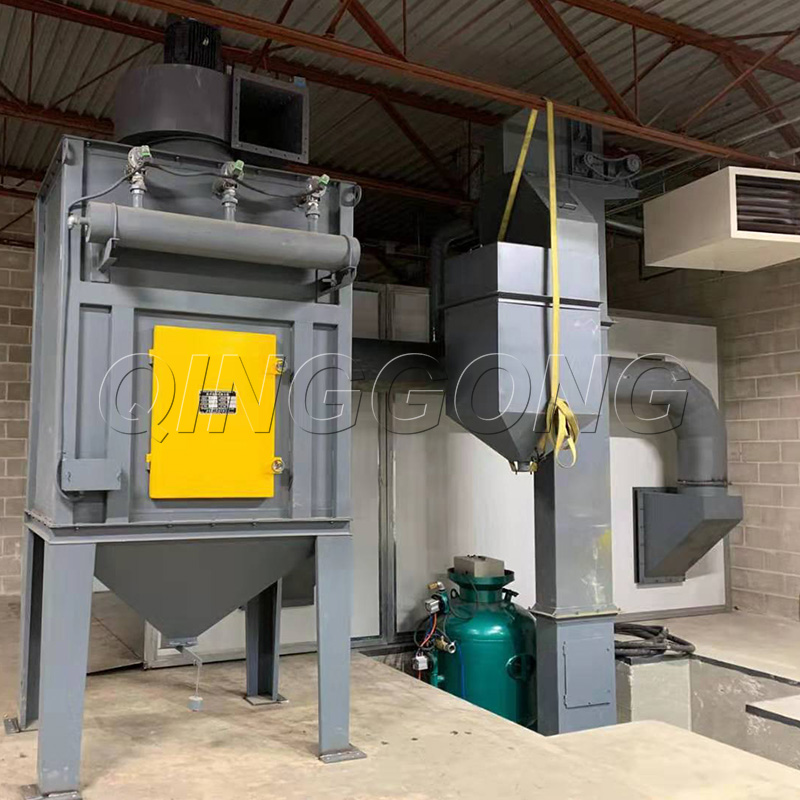
 EN
EN
 fr
fr  de
de  es
es  it
it  ru
ru  pt
pt  ar
ar  th
th  pl
pl  ro
ro 
